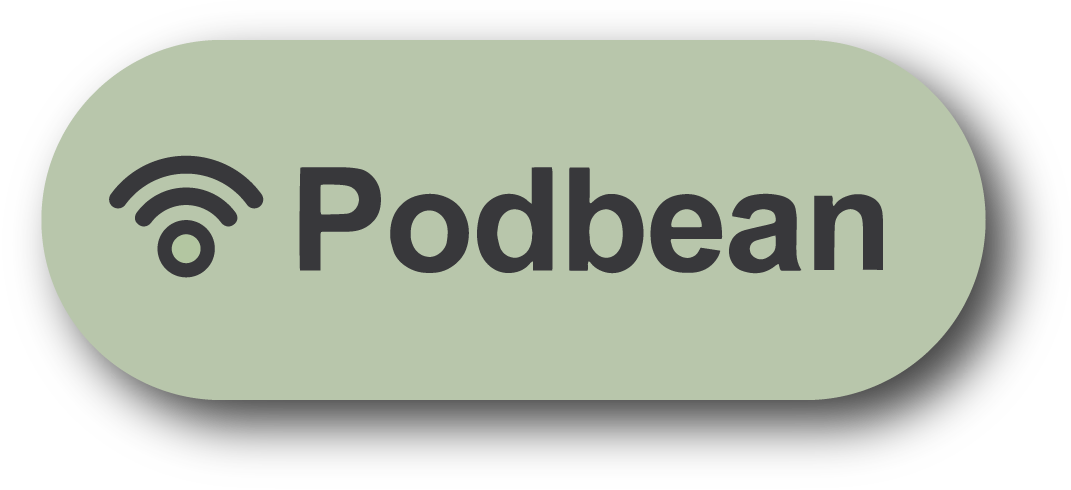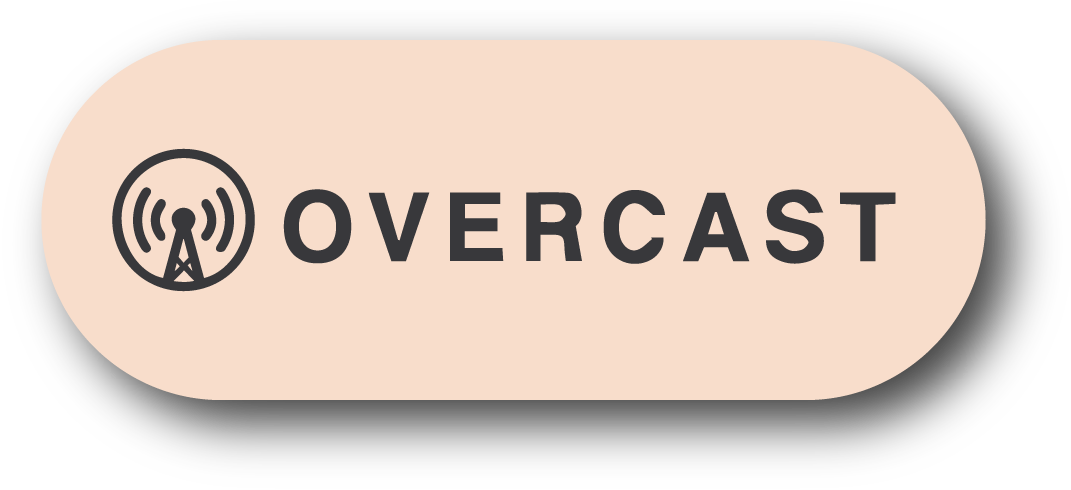#197 - HOW TO GIVE A GREAT DESIGN PRESENTATION
SUMMARY
TIPS FOR DESIGNERS AND ARCHITECTS
This week David and Marina discuss strategies for giving a convincing design/architecture presentation. The two cover the different outcomes of a presentation, the pros and cons of different formats (slideshow and boards) and how they can best be used, key words that should NOT be used, dealing with questions, how to be convincing, how to sell a key point, what content should come first, understanding the audience, preparation, and more. Enjoy!
TIMESTAMPS
(04:15) Giving a presentation to either win over or learn from the audience
(12:35) The pros and cons of slideshow format presentations
(13:25) Audience members getting lost in a slideshow
(15:25) Eliminating confusion
(19:20) Answering questions mid-presentation
(20:55) Role playing during the presentation
(22:55) Exuding different emotions during the presentation
(25:05) Limiting the content to convey ideas better
(28:05) Creating rhythm
(30:50) Dealing with science
(34:45) Waking up the audience
(36:20) Describing the slide that is being shown and including process
(42:10) Creating a slideshow
(44:20) The final slide should be…
(47:05) Why slideshows are not great for education
(52:20) Having a clean introduction and the importance of context
(59:35) The pros and cons of presentations with boards
(59:40) Using the board as your presentation outline
(01:01:20) Communication as storytelling
(01:04:20) Including text on the boards
(01:06:50) Including process work
(01:11:55) Redundancy and determining what to include in the presentation
(01:15:55) Saying less than what’s on the boards
(01:16:10) Using the question and answer period to your advantage
(01:18:05) Keeping the audience entertained and other elements in the presentation
(01:20:42) Speaking and general presentation tips
(01:20:42) Being polished versus honest
(01:22:08) The audience feels what you feel
(01:27:45) Avoiding these words! Meaningless cheap modifiers
(01:31:30) Preparing
(01:35:10) Why you need emotion
(01:38:05) Repetition and knowing your audience
(01:42:45) How elaborate should the presentation be?
(01:47:10) Getting to the point
(01:48:55) Speaking up as an audience member
(01:50:38) Why, how, and what
(01:54:30) Problematizing the solution your presenting
(01:56:30) Using analogies and avoiding obscure references
(01:59:12) What does it mean if your presentation is not good?
(02:00:55) Doing small presentations to learn
(01:03:45) Acknowledging awkward situations in the room
(02:04:45) Making notecards and why they might not help at all
(02:09:45) Keeping track of time
(02:11:45) Lecturing versus conversing









